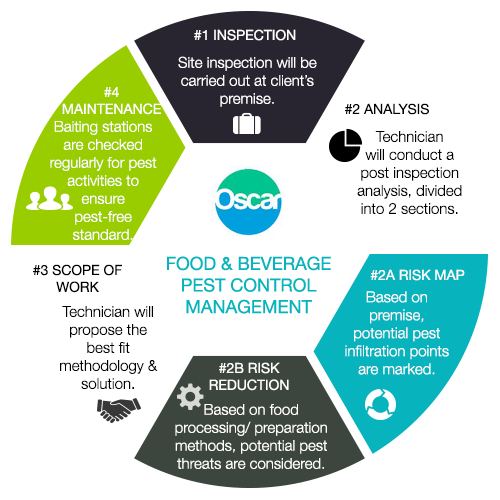Taking Care Of Rat Infestations: Insights Right Into Rat Psychology
Taking Care Of Rat Infestations: Insights Right Into Rat Psychology
Blog Article
Authored By-McDonough Nyborg
When it concerns rodent control, understanding typical rodent actions is crucial to effectively managing invasions. Did web link know that rodents have some remarkable nesting behaviors that might amaze you? By exploring their elaborate behaviors, you can acquire useful understandings into how to deal with rodent issues in an extra tactical and reliable manner. So, allow's unravel the secrets behind these animals' activities and learn exactly how to outsmart them in your rodent control initiatives.
Rat Nesting Behaviors
When observing rats in their natural habitat, you'll observe that they actively seek out products to build their nests. Rats, such as mice and rats, are clever creatures that use a selection of products like twigs, leaves, paper, and textile to develop their homes. visit this website link in their nest-building process, often lining their nests with softer products like hair or plumes to produce a cozy environment.
Rats prefer to develop their nests in hidden and protected places to safeguard themselves and their young from predators. Common nesting spots consist of wall surface cavities, attic rooms, cellars, and also within insulation products. By constructing their nests in these remote locations, rodents can securely raise their children far from prospective dangers.
It is vital to recognize the nesting habits of rodents when applying control actions. By interrupting their nests or getting rid of products, you can inhibit rats from developing an existence in your home or property. Correct hygiene and sealing off entrance points are likewise critical steps in preventing rodent problems.
Rodent Feeding Patterns
After observing rodents' nesting routines, it becomes noticeable that their feeding patterns play an essential duty in their lives and actions. Rats, consisting of computer mice and rats, are opportunistic feeders, indicating they'll consume whatever food source is readily available. They're mainly nighttime animals, preferring to forage for food during the cover of night to avoid killers.
Rodents have a diverse diet, varying from grains, seeds, fruits, and vegetables to pests, nuts, and also little pets. This adaptability in their food choices enables them to flourish in different atmospheres, consisting of metropolitan locations where human food sources are bountiful.
Their feeding patterns aren't only driven by appetite however additionally by the requirement to accumulate food for times of shortage. This habits is particularly obvious to prepare for cold weather or when nesting. Rodents are recognized to hoard food in their nests or burrows, making certain a constant food supply. Recognizing their feeding patterns is vital in carrying out reliable rodent control actions to disrupt their food resources and prevent invasions.
Rodent Motion and Traveling
Rodents browse their environments with dexterity and stealth, utilizing their eager detects to move swiftly via their settings. These animals are experienced climbers, able to scale walls and upright surfaces easily. They can likewise press via surprisingly little openings, making it essential to seal off any kind of prospective access points in your home.
When it concerns taking a trip, rats tend to comply with familiar courses, developing routes along wall surfaces or skirting the sides of rooms. They're creatures of habit, typically sticking to these established courses as they forage for food or discover their environments.
Rats are understood for their nighttime behaviors, so you might hear them scooting about during the night as they look for food and water. Their activities fast and erratic, allowing them to dart in and out of view in the blink of an eye.
Comprehending exactly how rodents relocate and travel can assist you identify possible problem areas in your house and take proactive steps to stop these insects from obtaining a foothold.
Verdict
As you work to control rodents in your home, keep in mind that recognizing their actions is key. By identifying their nesting habits, feeding patterns, and motion, you can successfully protect against problems.
Together, by taking proactive measures to eliminate food resources and seal off access points, you can disrupt their acquainted paths and compel them to seek brand-new areas, ultimately minimizing the probability of rodent visibility in your space.
